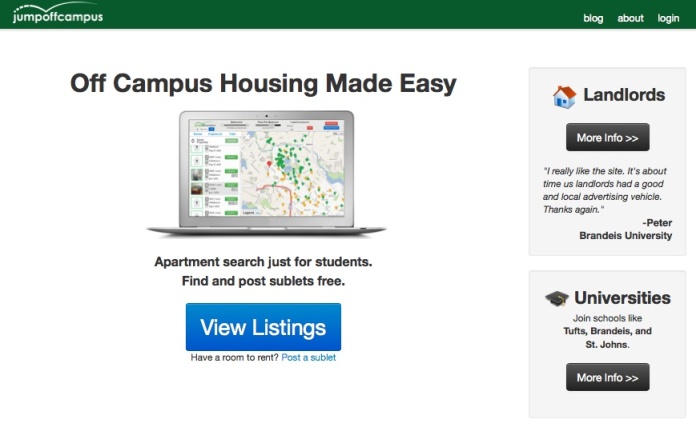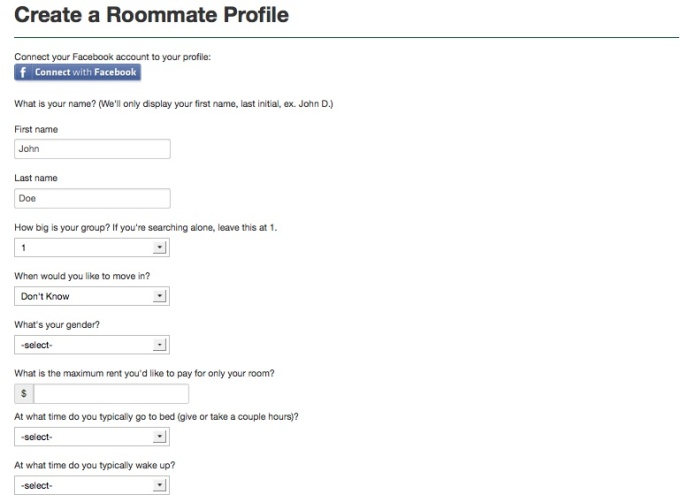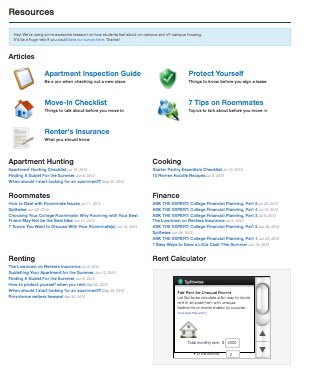For the second installment of “Ask the Expert: College Financial Planning” series, we wanted to know what types of loans are available to students, and what are the distinctions between each of these types. To find out more, we once again spoke with Mark Kantrowitz, an expert on paying for college, to give us the lowdown on loans.
Kantrowitz explains that there are two major types of student loans: federal education loans and private student loans. According to Kantrowitz, the federal loan has greater availability, better repayment plans, and is generally cheaper than a private loan. He advises that the federal loan should be a student’s first choice when applying. They will also be much easier to obtain in that they are offered through the Direct Loan program where students obtain federal loans through their college or university.
There are several different types of federal loans that are available to students. The most common is the Stafford loan, in which there are two versions: the subsidized and the unsubsidized. According to Kantrowitz, there are a few main distinctions students should note when applying for subsidized and unsubsidized federal loans. The first is that the subsidized version is based on financial need, while the unsubsidized version is not. Even wealthy students can qualify for the unsubsidized Stafford loan. Second, with the subsidized version, the government will pay the interest on the loan while the student is in school, and with the unsubsidized version, the government will not. Thirdly, the interest rates for subsidized loans will be half of the rate (3.4%) as the rate for unsubsidized loans (6.8%) until tomorrow, in fact. While there was a great deal of debate over how the government could afford to keep the rate the same, Senate majority and minority leaders established an agreement that would enable the rate to remain at 3.4%. According to Kantrowitz, this agreement will modify pension insurance premiums and drop eligibility for subsidized Stafford loans from students who are taking too long to graduate.
The other major distinction between subsidized Stafford loans and unsubsidized Stafford loans is the limit to which a student can borrow. For the subsidized Stafford loan, a student may borrow up to $3,500 for their freshman year, $4,500 for their sophomore year, and $5,500 each for their junior and senior year. Should the student require more aid, they may apply for unsubsidized loans. However, there are limits as to how much one can borrow, either with a combination of subsidized and unsubsidized, or just from unsubsidized alone. Overall, the limits are $5,500 for dependent freshmen students, $6,500 for dependent sophomore students, and $7,500 each for dependent junior and senior students. If the student is filing as an independent, or their parents have been denied a loan, the borrowing rate is increased to $9,500 for their freshman year, $10,500 for their sophomore year, and $12,500 each for their junior and senior years.
The second type of federal loan available to students is the Perkins loan, which is given to students with exceptional financial need. However, Kantrowitz explains that this is a very small loan program, and most students will not receive this type of loan. Those students who do receive this type of loan will obtain between $1,000 and $2,000, on average.
The last type of federal loan Kantrowitz identifies is the PLUS loan, which is granted to the parents of undergraduates and to graduate students. In either case, there is a 7.9% fixed interest rate, and eligibility is dependent on the borrower’s credit history. The PLUS loan also has a limit up to the full cost of education, minus any other aid received. The Plus loan program is very popular, and only about one-fifth of those who apply will be denied due to bad credit.
While Kantrowitz explains that federal loans should be a student’s first choice, he also explains that a student may take out private loans should they require more funding. However, Kantrowitz warns against some of the major pitfalls with private loans and denotes the differences between the federal and the private loans that should play into a student’s decision. The first is that private loans are determined by individual lenders (not by the government), therefore these loans will vary significantly and will often have variable interest rates. While some are introducing fixed interest rate options, this is something that students should consider when applying for private loans.
The second major consideration is that eligibility for these loans depends on one’s credit history and credit score. In fact, Kantrowitz explains, more than 90% of these loans require a creditworthy cosigner as many students do not have any credit history or if they do, it is oftentimes very poor. The higher of the two scores will then determine eligibility and the cost of the loan. Kantrowitz gives us the example that if the loan has a variable rate, the interest on the loan would be a combination of a variable index plus a fixed margin, which depends on one’s credit score. This means that the higher one’s credit score is, the less they will have to pay in interest on the loan.
Kantrowitz advises that “Your debt at graduation should be less than your expected annual starting salary.” He explains that ideally, students should not be borrowing more than $10,000 each year for college. If total student loan debt is less than annual income, the borrower will be able to repay their loan in 10 years or less. Kantrowitz explains that “If your debt exceeds your annual income, you’ll struggle to repay the loan, and you’ll have to alter your repayment plan by income-based repayment or extended repayment in order to afford the monthly loan payments.” This means that students will not only be stretching out their repayment, and therefore the amount of time they are in debt, but they will also be increasing the cost of the loan. This means that they may still be repaying their own student loans when their children are looking to attend college.
For more information on financial aid and scholarships, visit www.finaid.org and www.fastweb.com.






